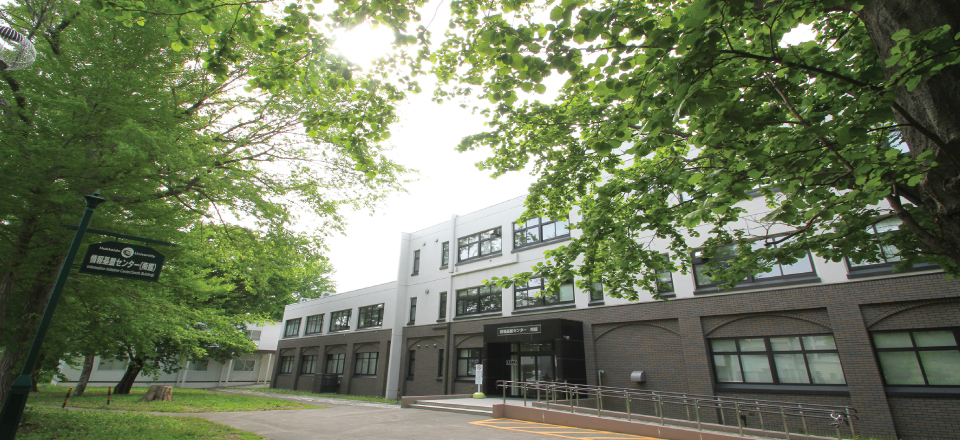
Aug. 3, 2018
By: Michael Feldman
Fujitsu and Mirantis are teaming up to build four petaflops of new HPC infrastructure for Hokkaido University, consisting of a supercomputer and cloud system.
The supercomputer and cloud will be operated by the university’s Information Initiative Center, a national supercomputer facility. As such, the resources will be available for academic researchers throughout Japan.

Information Initiative Center, Hokkaido University
The two new systems represent a major upgrade to the center’s Academic Cloud, which currently operates a 172-teraflop Hitachi blade cluster and a 43-teraflop cloud system. The more capable hardware will enable Japanese researchers to explore new application areas in AI, big data, the Internet of Things, and data science, as well as provide a lot more capacity for traditional scientific simulations. The systems will also be used by computer scientists for research on cloud computing and networks.
The supercomputer will be comprised of two subsystems: a 1,004-node Fujitsu PRIMERGY CX2550 M4 cluster, powered by Intel Xeon Scalable processors, and a 288-node Fujitsu Server PRIMERGY CX1640 M1 cluster, equipped with Intel Xeon Phi processors. Both will use Intel’s Omni-Path fabric as the system interconnect.
The cloud system will be spread across eight sites. The main one at Hokkaido University will be made up of 64 x86 servers, based on the Fujitsu Server PRIMERGY RX2540 M4 with NVIDIA Tesla V100 GPUs. The other seven clusters will be installed at remote sites in the Kanto, Kansai, and Kyushu regions of Japan. The eight clusters will be connected via SINET5, a 100G academic network that connects more than 800 sites throughout Japan.
Silicon-Valley-based Mirantis will provide the PaaS software for the cloud component in the form of its Mirantis Cloud Platform. The platform supports virtual machines, containers, and bare metal workloads, all based on open source componentry. OpenStack, Kubernetes, Ceph, Calico, and OpenContrail form the core of the software stack, but Mirantis has added its own open source pieces as well. One example of the latter is DriveTrain, which provides an automated upgrade process that operates continuously while the system is running. Another Mirantis invention, known as StackLight, provides a toolchain for operations support and life-cycle management – things like monitoring, event logging, sending alerts, and displaying analytics.
Although the four-petaflops of new hardware represents an impressive upgrade, it’s only about average for large academic Japanese systems these days. Oakforest-PACS (24.9 petaflops) at the University of Tsukuba and University of Tokyo, TSUBAME 3.0 (12.1 petaflops) at the Tokyo Institute of Technology, ITO - Subsystem A (6.9 petaflops) at Kyushu University, and Camphor 2 (5.7 petaflops) at Kyoto University are all larger machines from a peak flops standpoint.
The new supercomputer and cloud system at Hokkaido University are scheduled to begin operation in December 2018.
